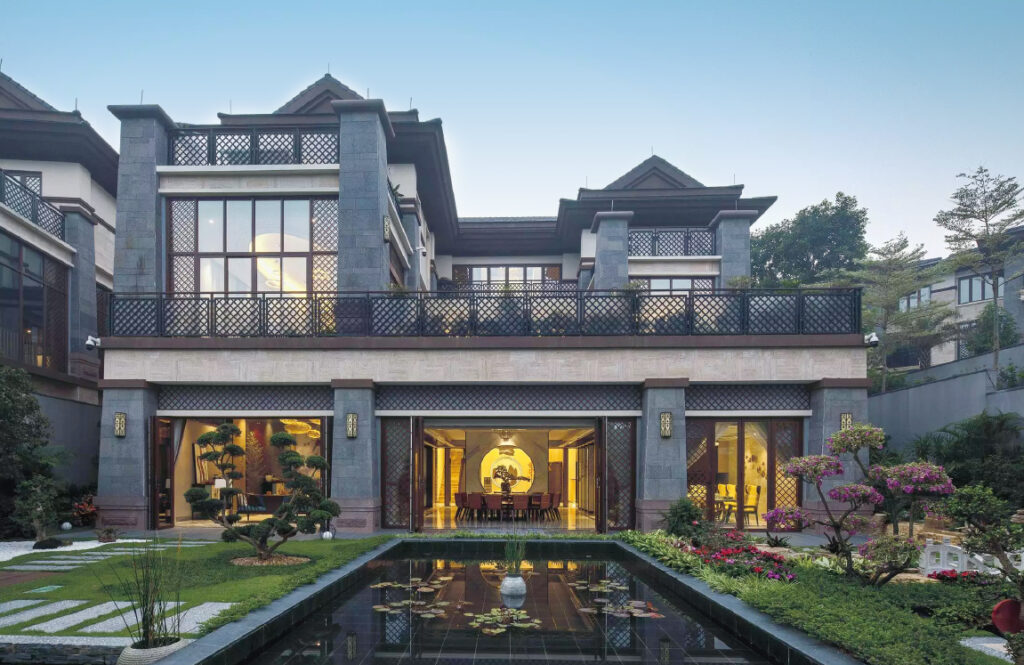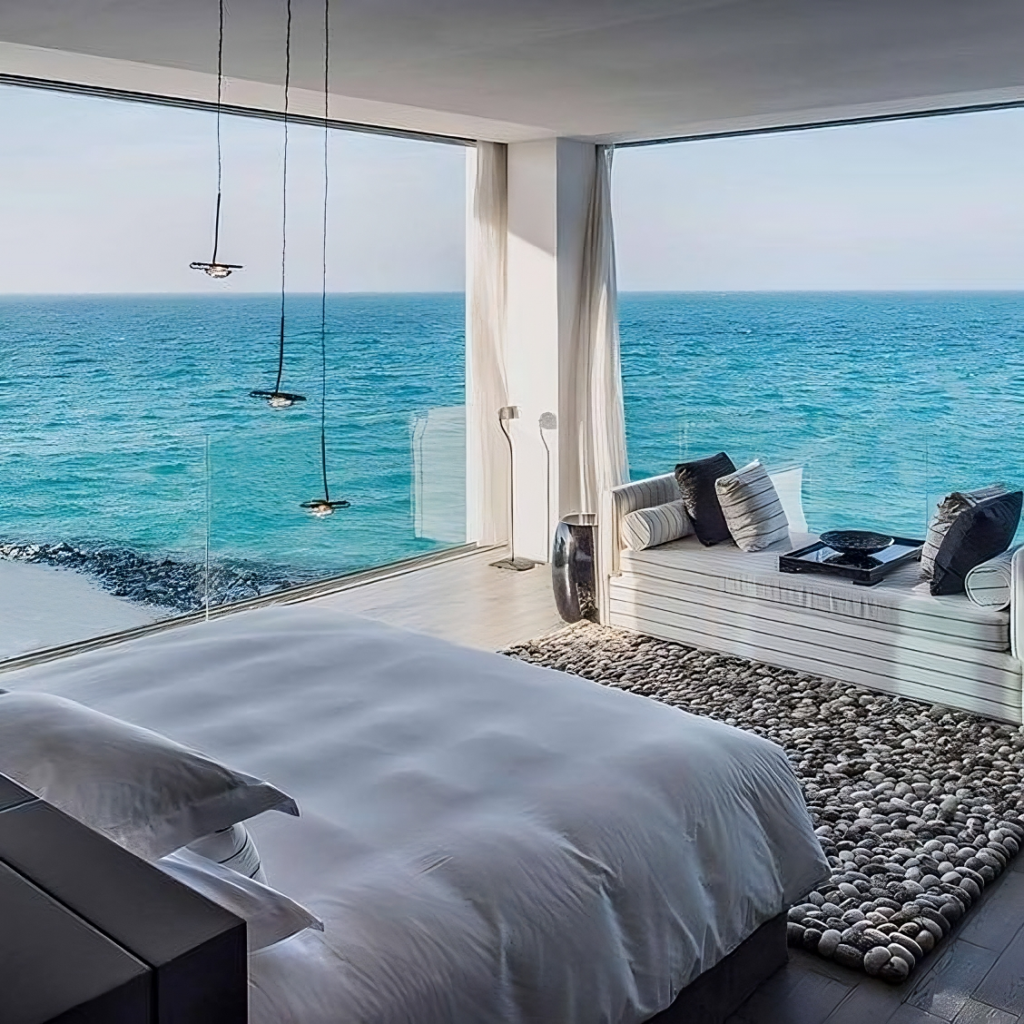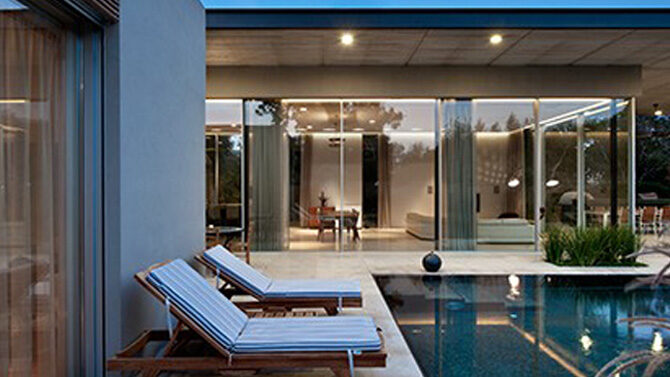In the pursuit of sustainable living and energy efficiency, choosing the right building materials plays a crucial role in minimizing energy consumption. When it comes to new windows, there are three options, double glazing, triple glazing, and vacuum insulated glass. While all three aim to enhance insulation by reducing heat transfer, vacuum glass stands out as a far more energy-efficient alternative and the greener alternative. In this article, we will delve into the advantages of vacuum insulated glass over double and triple glazing, highlighting its superior performance in saving energy and contributing to a greener future.
Understanding Vacuum Insulated Glass:
Vacuum insulated glass, also known as evacuated glass, is an innovative technology that employs a vacuum layer between two glass panes, melded together around their edges. Heat or cold cannot transfer through a vacuum, as there are no molecules for the heat or cold to transfer on. The two panes are held apart by 0.2mm spacer balls and as these spacers touch both panes they allow a very slight heat transfer, giving the vacuum glass its incredibly low U values. If there were no spacers the U value would be zero. Along with the groundbreakingly low U values, vacuum insulated glass units also have unbelievably long expected life spans and come with manufacturers guarantees from between 15 to 20 years. They also stop condensation from forming by retaining its building envelopes core temperatures.


Understanding Double and Triple Glazing:
Double and triple glazing units come with a maximum of a 5-year manufacturers guarantee. This is because they are filled with compressed gas, usually Argon gas with the most expensive units using the denser gas Krypton. Because the units are under internal gas pressure the gas starts to escape from the day of manufacture through the edge seals, and every unit manufactured in the world comes with a leakage certificate. The pressure also has another destabilising effect and will mis-shape the glass in larger units and causes the rippling effect you see on large panes.
Comparing the Options
Through the innovative design of vacuum insulated glass the limitations of traditional double and triple glazing are highlighted, providing a much more efficient solution for energy conservation in buildings and lasting decades longer at a sustained U value.
Superior Thermal Insulation:
One of the key advantages of vacuum glass is its superior thermal insulation properties. The vacuum is a complete barrier against hot or cold temperature transfer, preventing the exchange of energy between the interior and exterior of a building. In comparison, double and triple glazing relies on compressed gas between the panes, which is far less effective in preventing thermal conduction.
Reduced Heat Loss and no Condensation:
Vacuum glass excels at reducing heat loss, especially in colder climates. The absence of air in the vacuum eliminates convective heat transfer, creating an effective barrier against external cold temperatures. The only transfer points or bridging are the tiny spacer balls. This characteristic is particularly beneficial during the winter months when energy consumption for heating is at its peak. This also stops internal condensation as there is no dew point on a vacuum unit. The unit remains at the buildings core temperature, the same as the walls around it, thus removing any dew points and condensation forming internally.
Thin and Lightweight Design:
Compared to triple glazing, a vacuum insulated glass unit uses 33% less glass so is far thinner and a third lighter. The slim profile not only allows for more versatile architectural designs but also reduces the overall weight of the window systems and strains on hinges. This can have a positive impact on the structural requirements of a building and contributes to a more sustainable construction.
Enhanced Sound Insulation:
In addition to its energy-saving benefits, vacuum insulated glass provides superior sound insulation. The vacuum layer dampens sound waves, reducing external noise and creating a quieter indoor environment. This additional feature makes vacuum glass an ideal choice for urban areas or locations with high noise levels.
Long-Term Stability and Durability:
Vacuum insulated glass exhibits excellent long-term stability and durability. The absence of gas or air between the glass panes eliminates the risk of condensation or gas leakage over time. This ensures that the insulating properties of vacuum glass remain consistent, offering lasting energy efficiency for the life of the building.


Conclusion:
As the demand for sustainable building solutions and greener products continues to grow, vacuum insulated glass emerges as a frontrunner in the quest for energy-efficient windows. With its superior thermal insulation, reduced heat loss, condensation free, thin, and lightweight design, enhanced sound insulation and long-term stability, vacuum glass outshines double and triple glazing in all aspects. Choosing vacuum insulated glass for windows not only contributes to lower energy bills but also plays a pivotal role in creating a more environmentally conscious and sustainable future.
